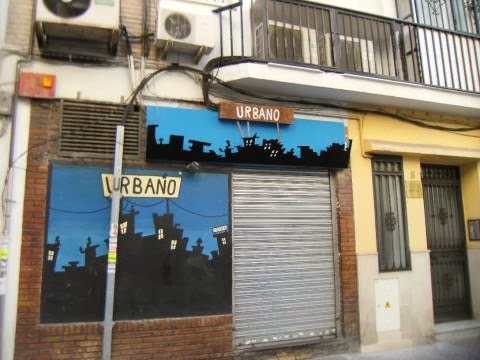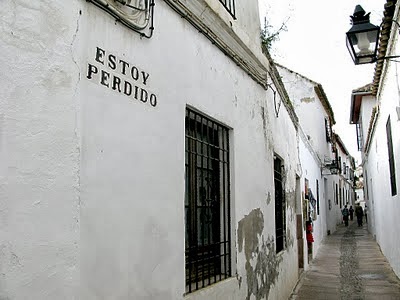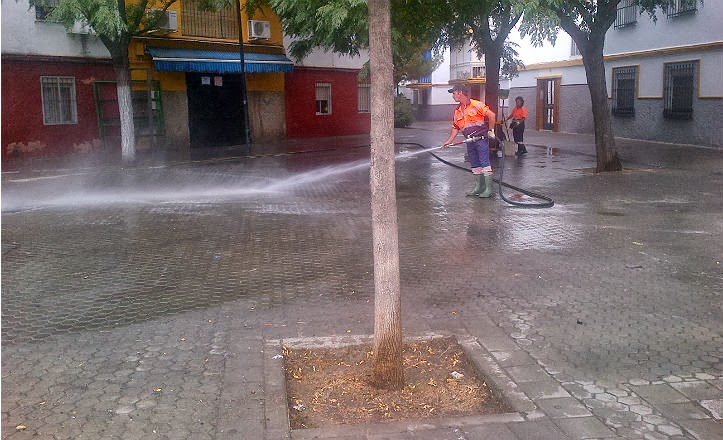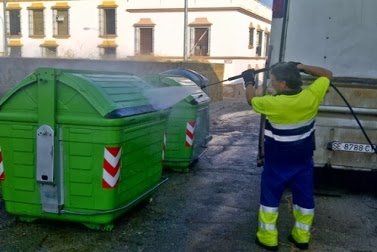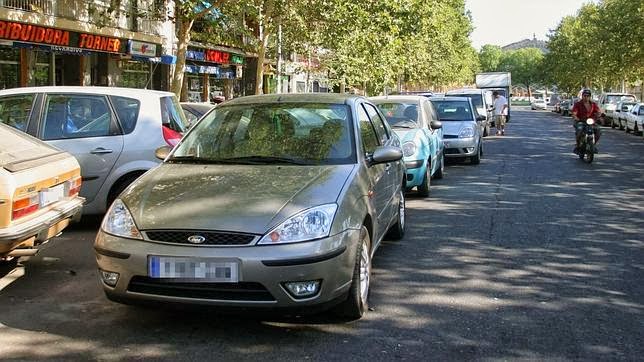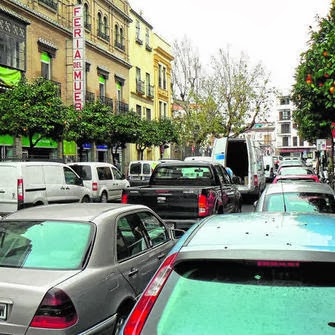Antonio González Garzón
(1925-2004) was a flamenco singer (cantaor) from Triana
(trianero), Seville. He was also known as "El Arenero"
(one
who deals with
sand)
because of having been engaged in hauling sand
from the river bed of Guadalquivir. From an early age he took part in the get-togethers of flamenco enthusiasts at different flamenco clubs in Triana, but, as he had always been afraid of singing in public, didn't come through until 1976. He didn't live all his life in Triana, though, but moved to San Diego neighbourhood in the North District of Seville.
El Arenero singing. Image taken from the blog Iniciación al Flamenco (An Introduction to Flamenco)
El Arenero, having been
an outstanding performer of Gypsy songs of Soleá
style, was also known for singing Siguiriyas and
Martinetes (other song forms that belong to Gypsy folk art
category). He was accompanied on
guitar by different Sevillian flamenco guitarists (tocaores), including Quique Paredes, Jose Luis Postigo, Manuel Domínguez "El Rubio", Ricardo Miño, etc. About his shyness - I find it adorable. I think, it added a depth,
complexity and certain special nuance to his work. Below
you have some YouTube videos of him perfoming pure Gypsy folk art
(Cante Jondo).
Por
Soleares
de Triana:
Por Seguiriyas:
For more, see these videos: Soleá de Triana, Soleá del Zurraque de Triana, El Arenero llevado a TV por El Rubio.




